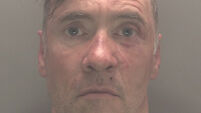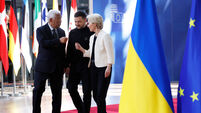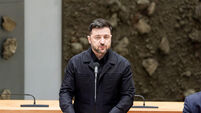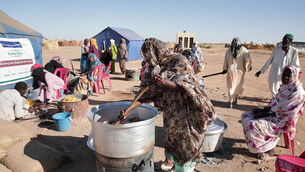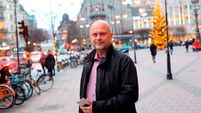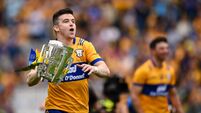Revolutionary operation revives child’s faded heart
Renowned heart specialist Magdi Yacoub came out of retirement to advise on the complicated procedure in which 12-year-old transplant patient Hannah Clark’s own heart was brought back to life after removing her donor organ.
The professor performed Hannah’s original transplant operation 10 years ago when she was just two years of age.
He said: “Her own heart has recovered. It really is absolutely wonderful news.”
It was “not usual” for a transplant patient’s original heart to be left in place, but doctors had thought ahead, he said.
“At the time we had the idea that she had this very severe muscle disease and there was the outside possibility that her heart would recover.
“That was the idea and it worked out.
“Now she is a happy little girl with her own normal heart. The complications have all gone. This is a very happy ending.”
Hannah, from Mountain Ash, south Wales, had her original transplant operation a decade ago because she was suffering from cardiomyopathy, which made her heart double the size it should have been, and therefore likely to give out within a year.
The donor heart worked fine until last November, when a routine visit to a cardiologist revealed that her body was rejecting it.
Her mother Elizabeth said surgeons at Great Ormond Street Hospital in London were initially reluctant to remove the donor heart and reconnect the dormant one because they said it had never been done before.
Weeks later, the transplant team agreed to perform the lifesaving operation and, at the family’s request, Yacoub provided surgeons with his expertise.
It is understood to be the first operation of its kind on a heart transplant patient.
Professor Peter Weissberg, medical director of the British Heart Foundation, hailed the operation as an “exciting and important event”.
He said: “Surgeons like Magdi Yacoub have thought for some time that if a heart is failing because of acute inflammation, it might be able to recover if rested,” he said.
“This seems to be exactly what has happened in this case.
“The piggy-back heart allowed the patient’s own heart to take a rest.
“Today the approach would be to implant a mechanical heart, called a ventricular assist device, to take over the work of the inflamed heart in the hope that the heart will recover and the device can be taken out after a few months.
“Ten years ago, such devices were not sufficiently reliable, which is why Hannah received a donor heart alongside her own.
“This is a great example of how a pioneering and novel approach to a medical problem can lead to surprising results that tell us a lot about how some heart diseases progress.
“In the past, patients with inflamed hearts either died or were transplanted before their own hearts had any chance of recovery.”
Hannah’s mother Elizabeth said: “They said she could be in intensive care for weeks, maybe months; they just didn’t know because it was the first time it had been done. Hannah recovered so well she was able to come home within five days.”







